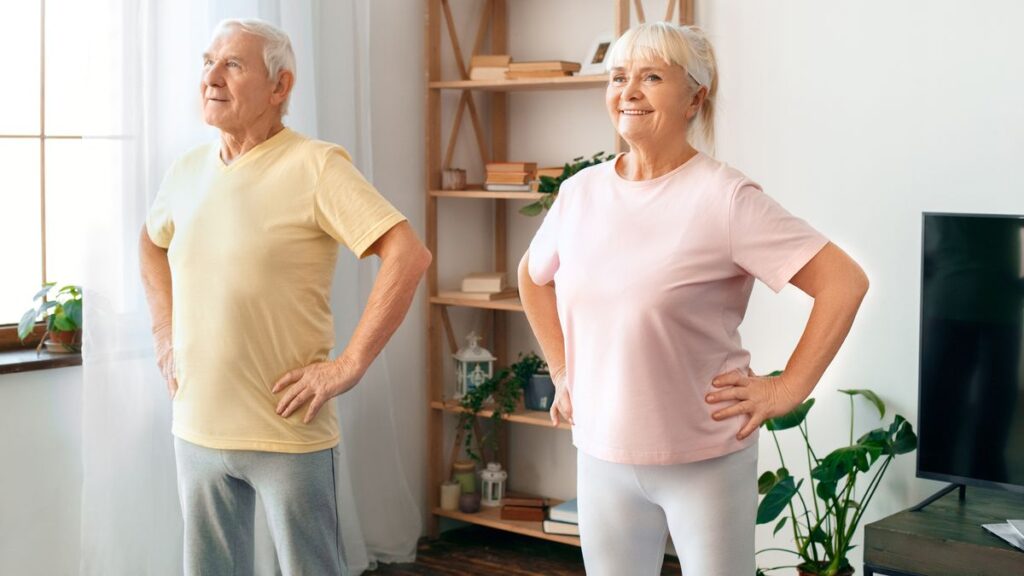As you get older, it’s normal to feel less steady on your feet. Your strength and mobility naturally decline, as does your balance, which can increase your risk of falls.
In fact, according to the CDC , there are about 3 million emergency department visits a year due to older people experiencing falls.
Keeping up an exercise routine to ensure your body is as healthy and strong as it can be is an excellent way to reduce your risk of falls.
Exercise scientist and strength and conditioning coach Pete Williams has also shared an exercise on Instagram that will help you maintain the strength to catch yourself if you trip.
The movement mimics the experience of falling, helping you to practice becoming steadier on your feet.
How to do the sprinter’s fall You don’t need any equipment to do this exercise, although Williams recommends doing it with someone around to help support you. “You want to have some degree of risk as you need the acceleration and forces, but it needs to be as safe as possible,” he tells me. You may want to consult a health professional before trying this exercise, especially if you have pre-existing conditions or injuries.
To do the exercise, stand up on your tiptoes and lean forward slightly, then allow yourself to fall forward, stepping your feet in front of you quickly to retain your balance.
Williams recommends completing a few reps of this exercise a day. “The key is to progressively overload your muscles and nervous system over time,” says Williams. “So don’t rush, but a few reps each day or every other day is fine.”
How exercise can reduce the risk of falls as you get older Physical activity has been shown to be one of the best ways to reduce your risk of falls.
A 2019 study of 8,000 older adults found that balance and functional exercises can reduce the rate of falls by 24%.
The above exercise is an example of a functional movement that mirrors the way we move in everyday life.
You can also try workouts that are designed to improve your balance, such as balance board exercises .

